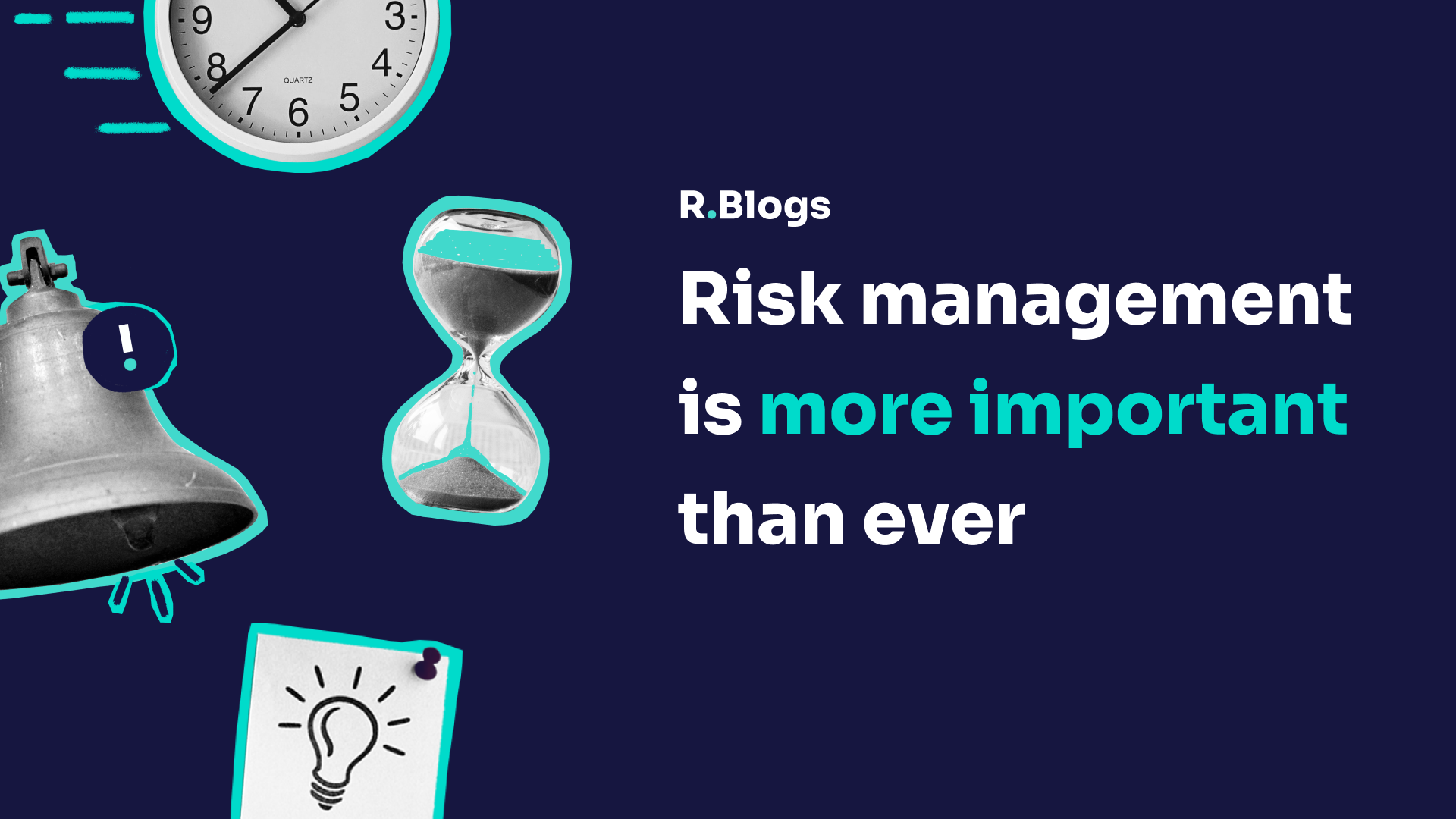Exploring the Expanding Importance of Risk Management in Business Strategy
Exploring the Expanding Importance of Risk Management in Business Strategy
Blog Article
The Relevance of Comprehending the Value of Risk Management in Different Industries

The Core Idea of Risk Management and Its Function
Risk Management, the foundation of many industries, depends upon the recognition, analysis, and mitigation of uncertainties in an organization atmosphere. It is an integral method that enables companies to secure their possessions, credibility, and overall survival. By properly identifying potential threats, organizations can establish methods to either protect against these dangers from taking place or decrease their effect. The evaluation process involves evaluating the probability and prospective extent of these threats. The mitigation procedure involves designing strategies to lower their prospective influence as soon as threats have been identified and assessed. This procedure is intermittent and continuous, ensuring that businesses are planned for the ever-changing nature of Risk in different industries. The primary purpose, therefore, is to foster durability in the middle of uncertainties.
Benefits of Applying Risk Management in Organization Workflow

Introducing the Function of Risk Management in Different Industries
While every sector faces its special set of risks, the implementation of Risk Management strategies stays a typical in their pursuit of sustainability and development. In the healthcare field, Risk Management requires making certain individual security and information protection, while in financing, it entails mitigating financial investment dangers and making sure regulative compliance. Inevitably, the function of Risk Management across industries is to recognize, evaluate, and mitigate dangers.
Real-life Study Showing Successful Risk Management
To comprehend the significance of Risk Management in these many industries, one can look to numerous real-life instances that show the successful application of these procedures. Toyota, post the 2011 quake in Japan, changed its supply chain Management to decrease disturbance dangers. These cases show how markets, learning from dilemmas, properly used Risk Management methods to lower future dangers.
Future Fads and Growths in Risk Management Techniques
As the world proceeds to advance, so as well do the trends and advancements in Risk Management methods. Rapid improvements in innovation and data analytics are reshaping the Risk landscape. Big data and AI are currently instrumental in predicting and mitigating risks. Organizations are leveraging these tools to build predictive versions and make data-driven decisions. Cybersecurity, once a peripheral problem, has actually catapulted to the leading edge of Risk Management, with methods concentrating on discovery, feedback, and avoidance. The integration of ESG (Environmental, Social, Check Out Your URL Administration) elements into Risk Management is one more expanding fad, mirroring the increasing recognition of the duty that ecological and social risks play in organization sustainability. Hence, the future of Risk Management lies in the blend of innovative technology, cutting-edge strategies, and an alternative strategy.
Final thought
In verdict, recognizing the importance of Risk Management across a spectrum of sectors is critical for their durability and success. Inevitably, effective Risk Management contributes to extra resistant and lasting businesses, highlighting the relevance of this method in today's extremely affordable and vibrant organization environment.
While every market faces its special set of dangers, the application of Risk Management approaches continues to be an webpage usual in their pursuit of sustainability and growth. In the medical care industry, Risk Management requires making certain patient safety and information security, while in finance, it involves mitigating investment dangers and making certain governing compliance. Inevitably, the function of Risk Management across markets is to recognize, evaluate, and reduce dangers. These situations show how markets, learning from dilemmas, efficiently used Risk Management approaches to reduce future threats.

Report this page